We believe this is a butterfly bush or summer lilac. They are butterfly magnets, however, it is not a native shrub and can be invasive as it self seeds regularly. In cold climates it can sometimes be an unreliable shrub as it may suffer winter damage and not return consistently.
Buddleias are vigorous growers that remain evergreen in winters with minimum temperatures of 20 degrees. Where winters are more severe they can be deciduous, merely dropping leaves, or herbaceous, freezing completely back to the ground. Leaving branches on until spring and mulching over winter are good practices for those in the coldest areas of zone 5. While flower colors are often referred to as blue, there are no true blue (or red) flowers in the Buddleia genus. Their colors range from very dark purple to pink to pure white. Some hybrids have orange and gold flowers. A 2 3/4 inch pot placed in the ground in early spring will grow to 3 or 4 feet in one year, and as much as 8-10 feet the following year. Butterfly bush care is easy. Water the shrub slowly and deeply during prolonged dry spells so that the soil absorbs the water deep into the root zone. The plants don’t typically need fertilization. Fertilize with a 2-inch layer of compost over the root zone or scratch in some general purpose fertilizer if you need to enrich the soil. Cover the root zone with a 2- to 4-inch layer of mulch. This is particularly important in cold climates where the roots need winter protection. The most labor-intensive part of caring for butterfly bushes is deadheading. In spring and summer, remove the spent flower clusters promptly. Seed pods develop when the flower clusters are left on the plant. When the pods mature and release their seeds, weedy young plants emerge. The seedlings should be removed as soon as possible. Young shrubs that are cut off at ground level may re-emerge, so remove the roots along with the top growth. Don’t be tempted to transplant the seedlings into other parts of the garden. Butterfly bushes are usually hybrids, and the offspring probably won’t be as attractive as the parent plant.
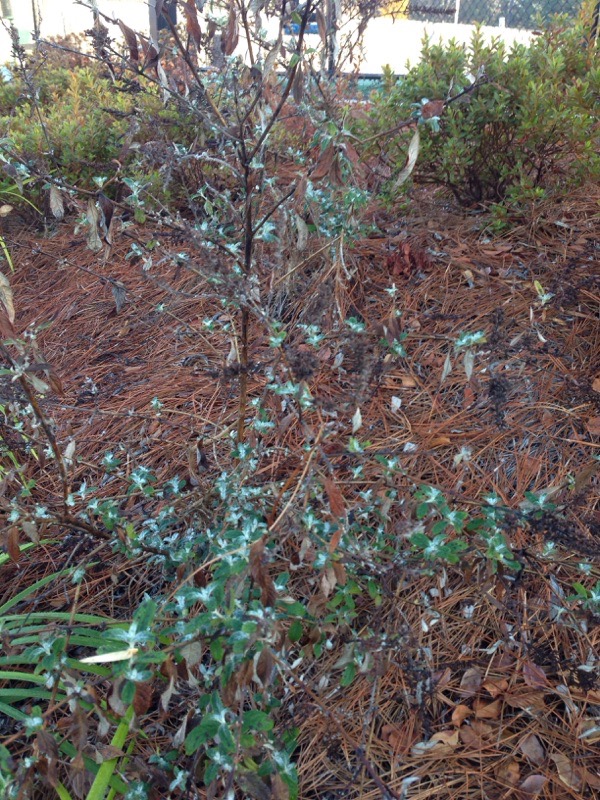
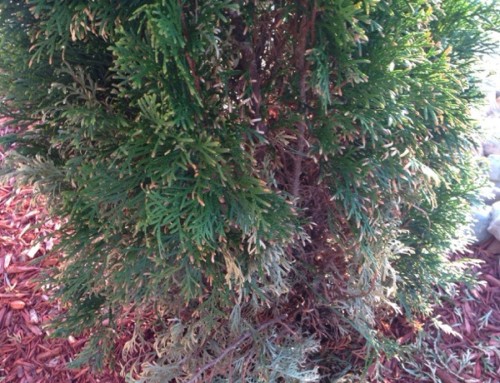
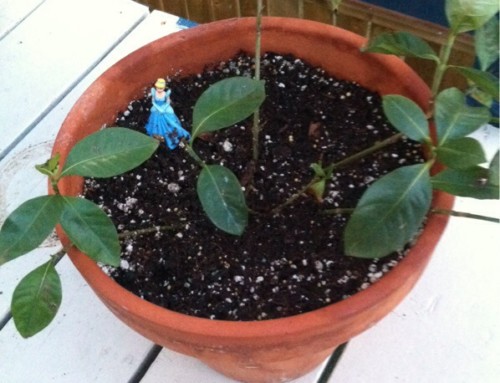
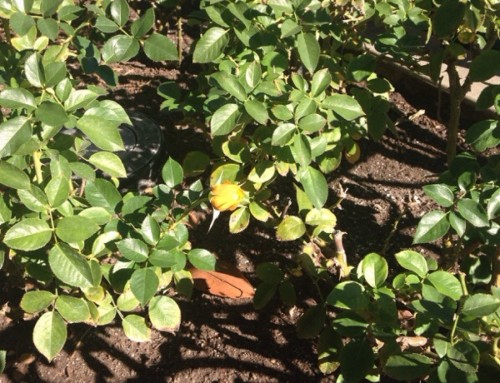
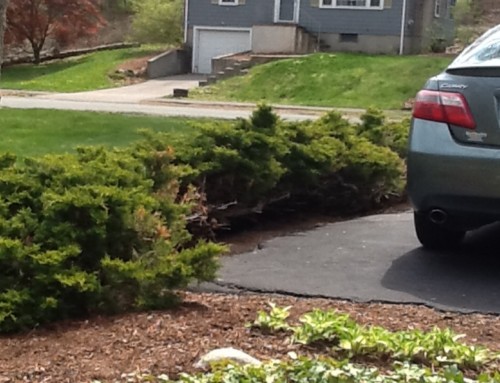
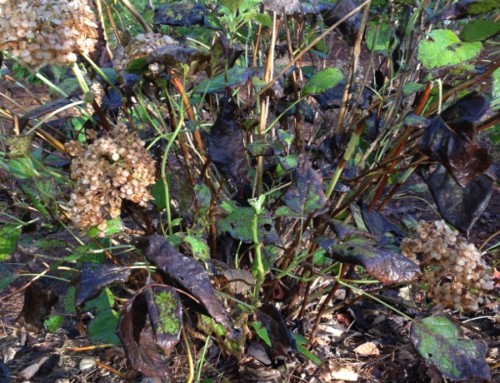
Leave A Comment